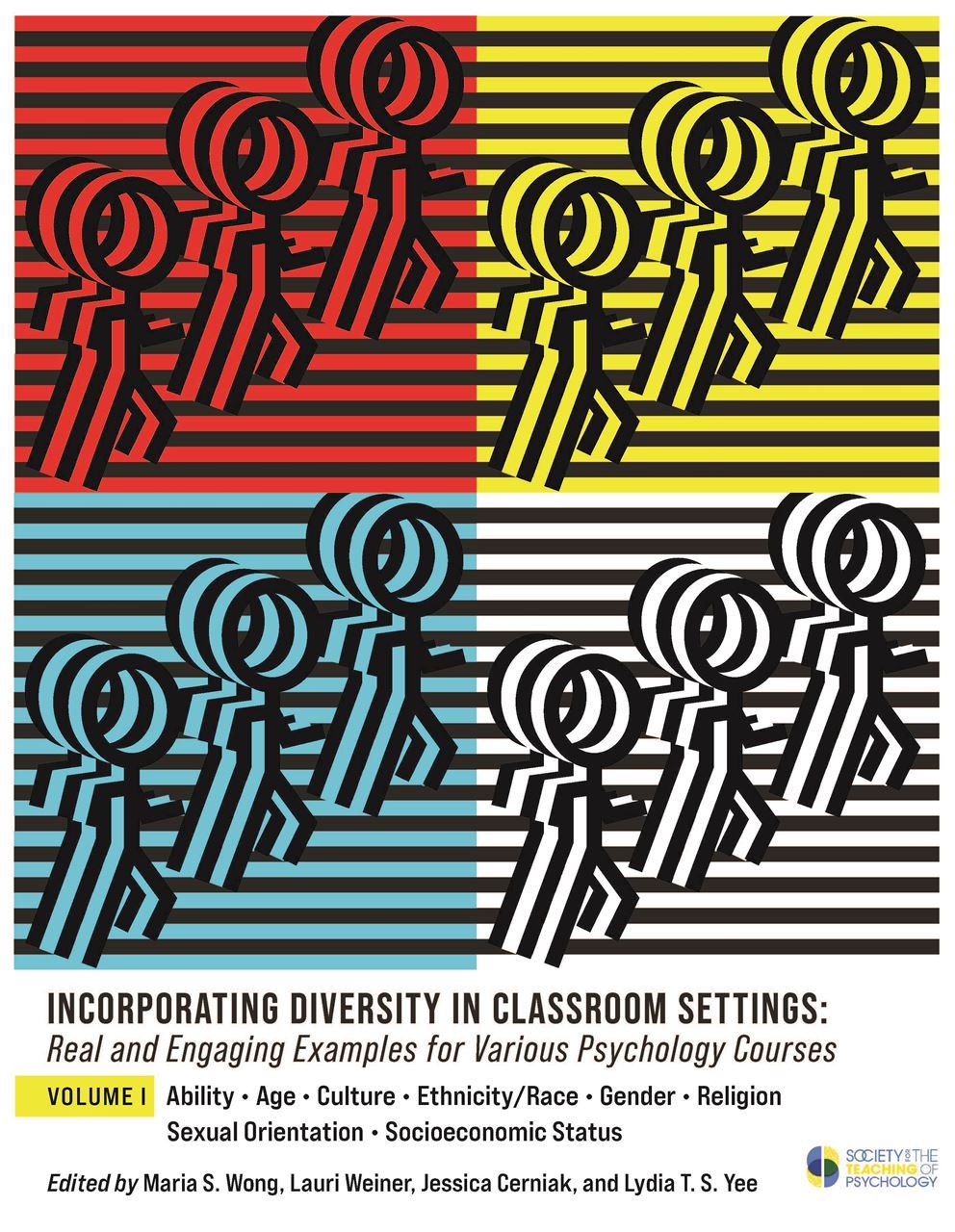- News
- Incorporating Diversity in Classroom Settings Vol.1
Feedback Feedback regarding the editorial content of this book or any of its chapters should be directed toward the individual authors. Contact information will be provided at the end of each chapter. Feedback regarding technical matters of formatting or accessibility of this text via the online environment of the Internet should be directed to the Internet Editor. If you have any complaints or difficulties in accessing these materials, be sure to provide as detailed a description of your problem(s) as you can; you should include information about the browser you are using and its version number well as the type of computer you are using and its operating system.Copyright and Other Legal Notices The individual essays and chapters contained within this collection are Copyright © 2021 by their respective authors. This collection of essays and chapters as a compendium is Copyright © 2021 Society for the Teaching of Psychology. You may print multiple copies of these materials for your own personal use, including use in your classes and/or sharing with individual colleagues as long as the author's name and institution, and a notice that the materials were obtained from the website of the Society for the Teaching of Psychology (STP) appear on the copied document. For research and archival purposes, public libraries and libraries at schools, colleges, universities and similar educational institutions may print and store in their research or lending collections multiple copies of this compendium as a whole without seeking further permission of STP (the editors would appreciate receiving a pro forma notice of any such library use). No other permission is granted to you to print, copy, reproduce, or distribute additional copies of these materials. Anyone who wishes to print, copy, reproduce, or distribute copies for other purposes must obtain the permission of the individual copyright owners. Particular care should be taken to seek permission from the respective copyright holder(s) for any commercial or "for profit" use of these materials. ISBN: 978-1-941804-62-9 Suggested Reference Format For the overall text, reference the book in this fashion: Wong, M.S., Weiner, L., Cerniak, J., & Yee, L.T.S. (Eds.). (2021). Incorporating diversity in classroom settings: Real and engaging examples for various psychology courses. (Vol 1: Ability, age, culture, ethnicity/race, gender, religion, sexual orientation, and socioeconomic status). Retrieved from the Society for the Teaching of Psychology website: http://teachpsych.org/ebooks/diverse1 Individual chapters should be referenced in this fashion (an example): Lee, M. R. (2021). Making accommodations: An classroom stimulation to learn about ability, status, and intersectionality. In Wong, M.S., Weiner, L., Cerniak, J., & Yee, L.T.S. (Eds.), Incorporating diversity in classroom settings: Real and engaging examples for various psychology courses. (Vol 1: Ability, age, culture, ethnicity/race, gender, religion, sexual orientation, and socioeconomic status) (pp. 2-9). Retrieved from the Society for the Teaching of Psychology website: http://teachpsych.org/ebooks/diverse1 |

